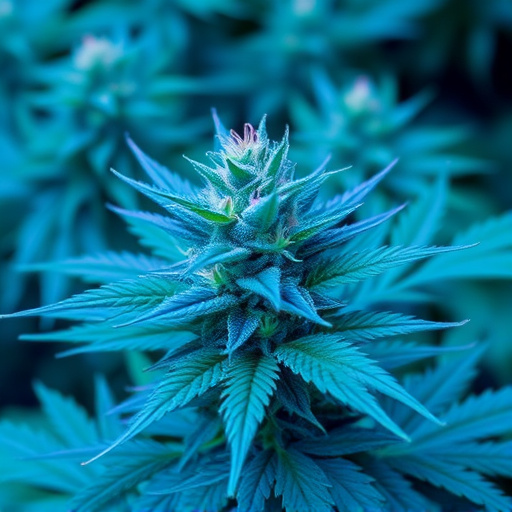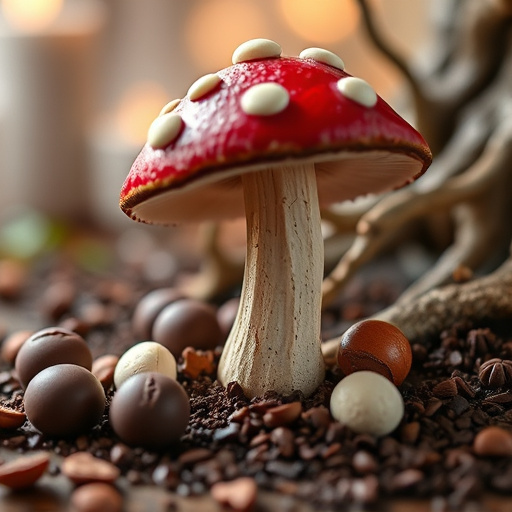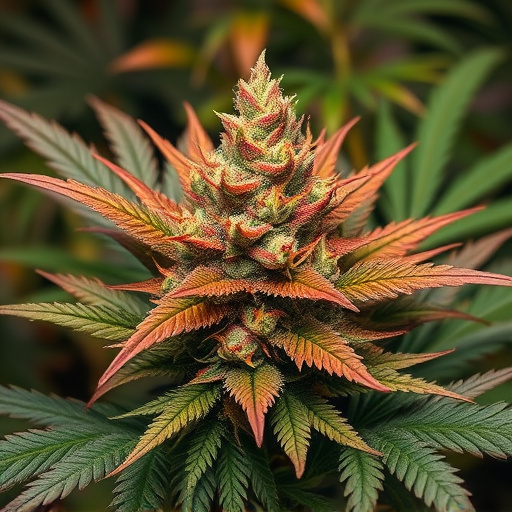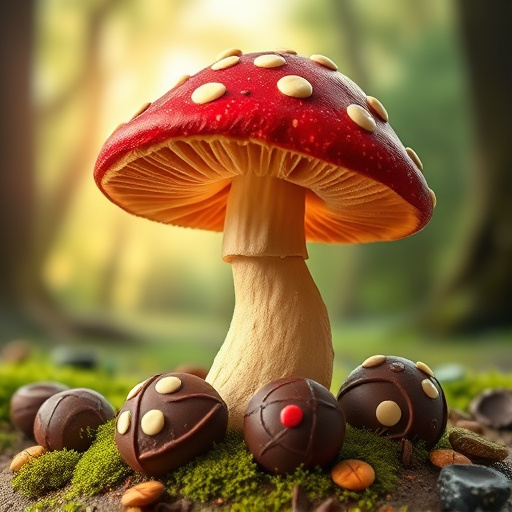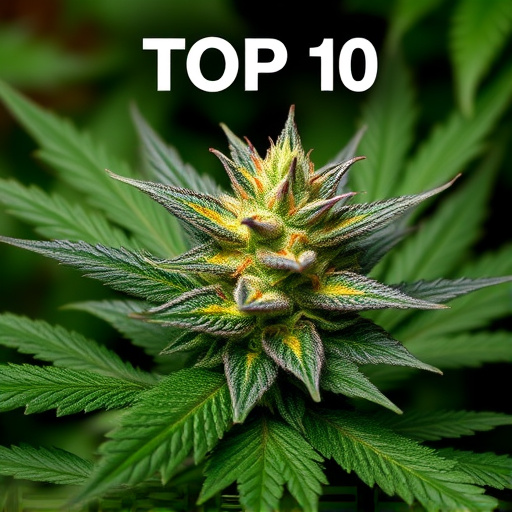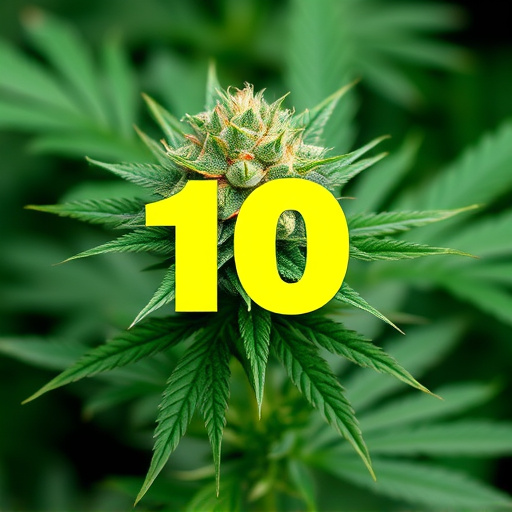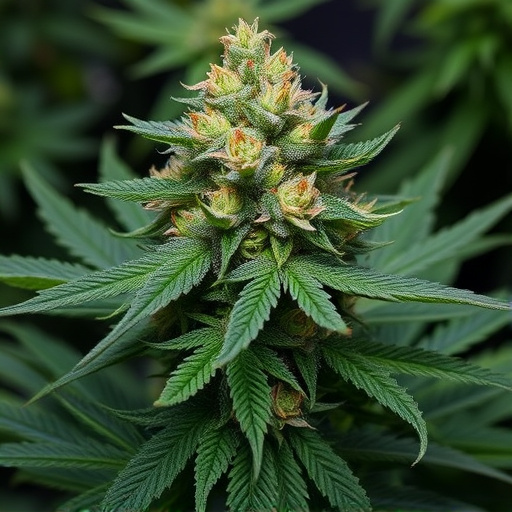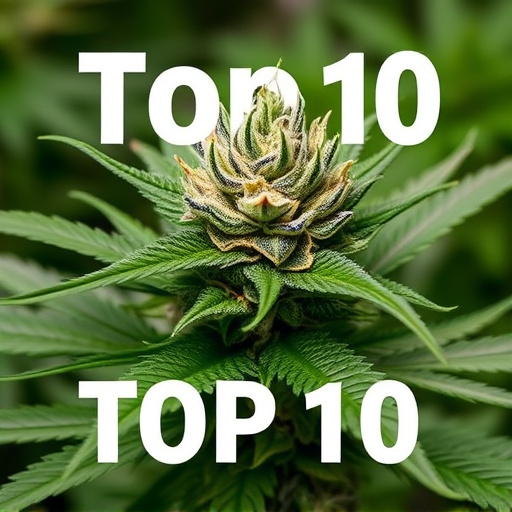Cannabis potency is influenced by genetics, growing conditions, and harvesting practices, with key cannabinoids like THC and CBD driving its effects. Among the top 10 strains known for high potency, Cherry Pie, Girl Scout Cookies (GSC), Blue Dream, and Gorilla Glue stand out for their unique characteristics, aromas, and terpene profiles. Optimal environmental conditions, proper nutrition, and precise harvesting timing enhance cannabinoid concentration, resulting in resinous buds rich in THC. Exploring these top 10 strains offers cannabis enthusiasts a diverse range of potent experiences.
Looking to maximize the potency of your cannabis flowers? Understanding what influences potency—from genetic makeup to cultivation practices—is key. This guide delves into the science behind cannabis strength, revealing critical factors and essential testing methods. We also showcase the top 10 cannabis strains known for their high potency, offering insights into cultivating and harvesting techniques to unlock their full potential.
- Understanding Cannabis Potency and Its Factors
- – What is cannabis potency?
- – Key factors influencing flower potency
Understanding Cannabis Potency and Its Factors

Cannabis potency refers to the concentration of cannabinoids, particularly THC (tetrahydrocannabinol) and CBD (cannabidiol), in a given strain. Several factors influence cannabis potency, from genetic makeup and growing conditions to harvesting practices. Understanding these factors is key to cultivating high-potency cannabis. The top 10 strains of cannabis known for their potent effects include Cherry Pie, Girl Scout Cookies, Blue Dream, Super Silver Haze, Mango Kush, Purple Haze, Northern Lights, Amnesia, GSC (Girl Scout Cookies), and White Widow.
Each of these strains has unique characteristics that contribute to their high potency. For instance, Cherry Pie combines the sweet flavors of cherry with a potent mix of cannabinoids, while Girl Scout Cookies is renowned for its balanced blend of THC and CBD. Growing conditions play a significant role too; optimal light exposure, temperature, humidity, and nutrient levels can enhance cannabinoid production. Harvesting at the right time—when cannabinoids are at their peak concentration—is also crucial in maximizing potency.
– What is cannabis potency?

Cannabis potency refers to the concentration of THC (tetrahydrocannabinol), the primary psychoactive compound responsible for the plant’s intoxicating effects. It’s a measure of how strong or potent a specific cannabis strain is, impacting the intensity and duration of its high. Potency can vary significantly among different strains, with some offering subtle, relaxing effects while others deliver powerful, mind-altering experiences. Understanding cannabis potency is crucial when aiming to enhance your experience, as it dictates the desired effects and dosage.
When discussing the top 10 strains of cannabis known for their high potency, notable varieties include Granddaddy Purple, known for its rich, fruity aroma; OG Kush, a powerful indica with a strong relaxation effect; and Blue Dream, celebrated for its potent blend of Sativa and Indica genetics, offering both cerebral stimulation and physical relaxation. Each strain boasts unique terpene profiles that contribute to diverse effects, making the exploration of these top potencies an intriguing journey for cannabis enthusiasts.
– Key factors influencing flower potency
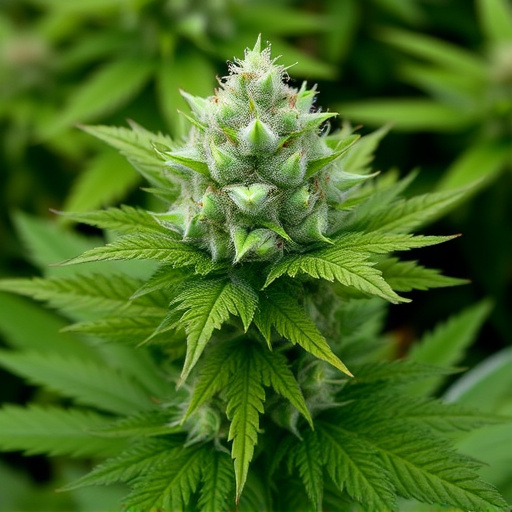
The potency of cannabis flowers, often measured in THC (Tetrahydrocannabinol) content, is influenced by a myriad of factors throughout the plant’s growth cycle. Here are some key elements that play a significant role in cultivating potent cannabis:
1. Genetics: The top 10 strains of cannabis known for their potency often have complex genetic backgrounds, carefully bred to maximize THC levels. Strains like Gorilla Glue, Blue Dream, and Granddaddy Purple have become legendary for their high concentrations of this psychoactive compound.
2. Growing Conditions: Optimal environmental conditions are crucial. Factors such as light intensity, duration, and spectrum; temperature; humidity; and CO2 levels can all impact cannabinoid production. For instance, cannabis plants exposed to more light and higher CO2 levels may produce flowers with increased THC content.
3. Nutrient Availability: Proper nutrition is essential for healthy cannabis plants. Balanced nutrient solutions ensure the plant receives all necessary elements, promoting robust growth and maximizing cannabinoid synthesis.
4. Flowering Phase: The final two weeks of flowering are critical. During this period, the plant shifts its energy into producing resinous buds packed with THC. Stress-free plants allowed to flower for the full duration tend to yield more potent flowers.
In increasing cannabis flower potency, understanding the interplay of genetic predisposition, growing conditions, and cultivation techniques is paramount. By optimizing these factors, growers can unlock the full potential of their plants, resulting in flowers with enhanced terpene profiles and higher levels of cannabinoids—a true testament to the power of science-backed cultivation practices. When exploring top 10 strains of cannabis known for their potency, it’s evident that each variety has its unique genetic makeup and ideal growing conditions, making knowledge and careful consideration key to successful cultivation.

